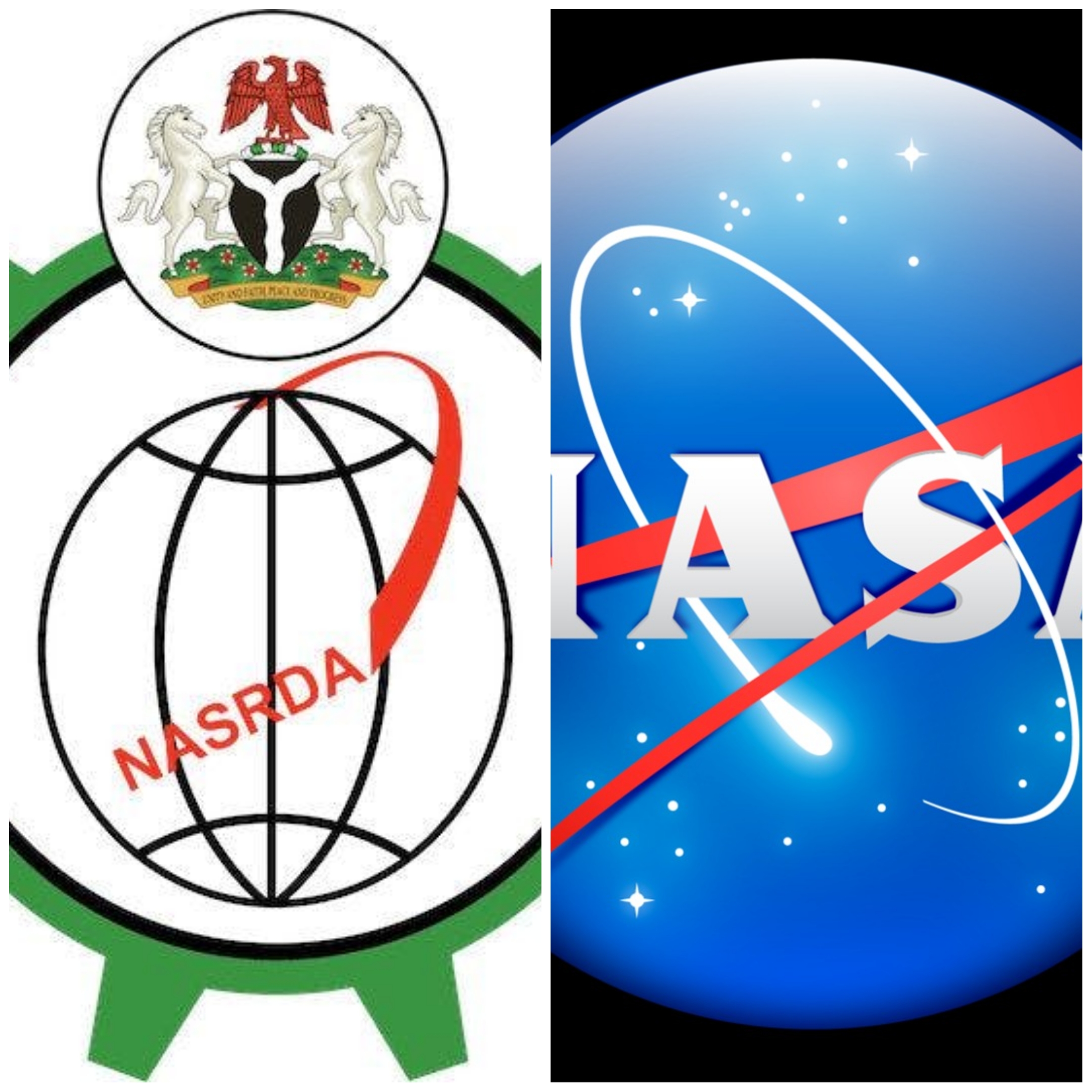The National Aeronautic Space Administration (NASA) of the United States and the National Space Research and Development Agency (NASRDA) have agreed to renew their existing Memorandum of Understanding (MoU) signed in 2008 on Space Geodesy for Geohazard Research at the Centre for Geodesy and Geodynamics (CGG) Toro, Bauchi State
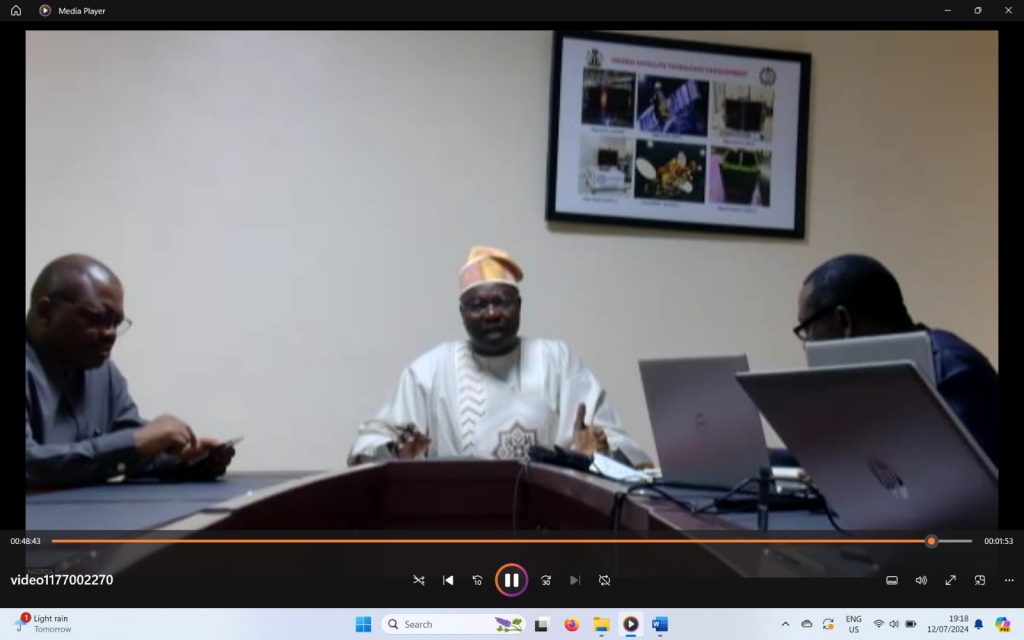
Leading the Nigerian contingent and chairing the virtual meeting attended from the NARSDA headquarters in Abuja on Friday, the Director General of NASRDA, Dr. Mathew Adepoju said his organisation places a great premium on its relationship and collaboration with NASA and will continue to do everything to expand and deepen it.
Recall that NASRDA signed an MoU with NASA in 2008 on Space Geodesy for Geohazard Research. The MoU which has witnessed about three extensions is being coordinated by the Director, Centre for Geodesy and Geodynamics, (CGG) Toro, Dr. Dodo D. Joseph who has ensured the sustenance of the MoU.
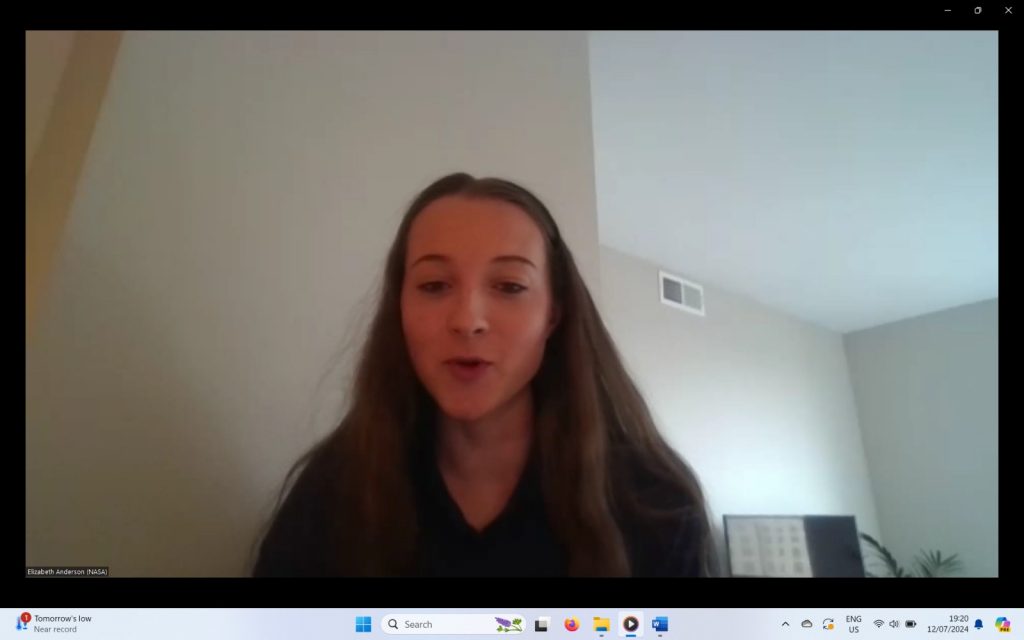
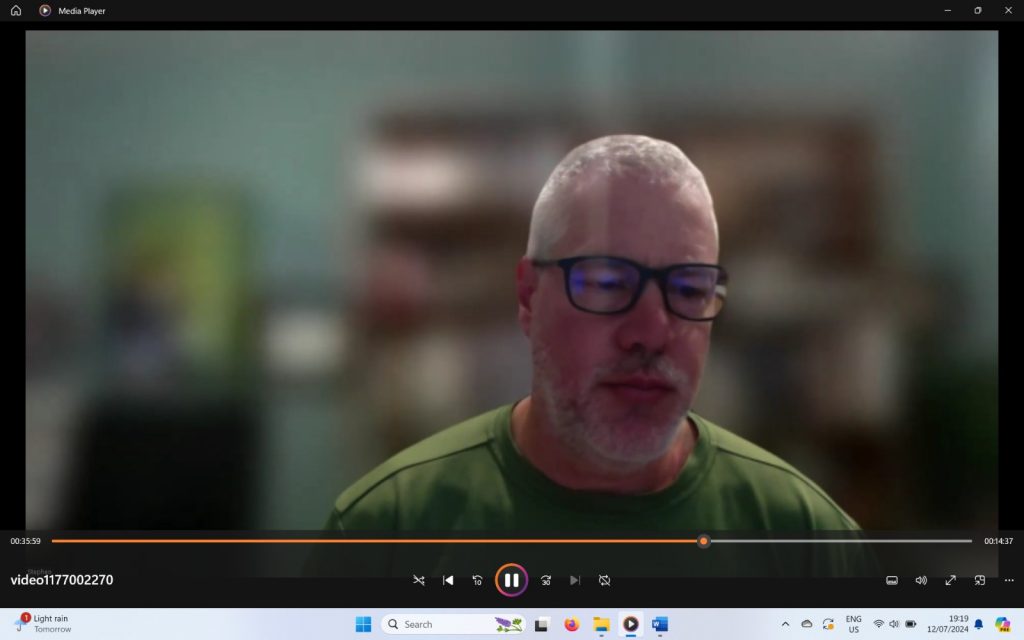
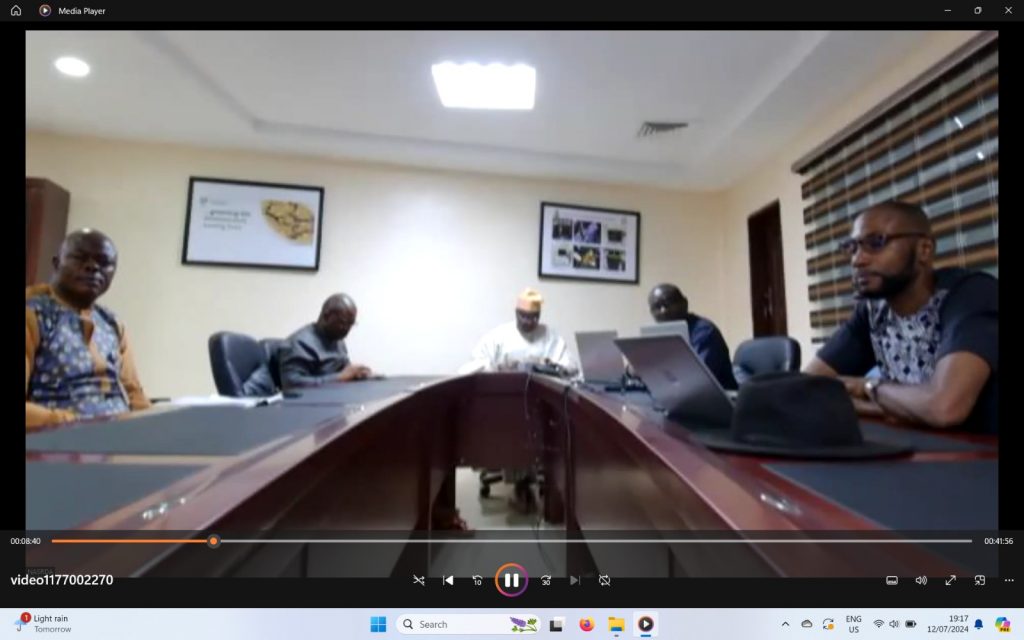
Dr. Adepoju in his opening statement expressed concern about some aspects of the MoU that have not been implemented and has to do with capacity building and the transfer of technical know-how between both organisations. According to him, under the renewed hope agenda of Nigeria’s President, Bola Ahmed Tinubu, one of the top priorities for NASRDA is Geodesy and Geodynamics as well as the monitoring of Nigeria’s tectonic base and coastal movements.
He assured the NASA team that Nigeria was seeking a symbiotic relationship and not a parasitic one with NASA insisting that it is ready to make valuable contributions to the relationship.
The Director General said: “As one of your global outposts; with improved training of our officers, the report and monitoring activities from Nigeria and Africa will be of great importance and make your work even better and easier.
“Not many countries in Africa have the kind of equipment and personnel that we have, so we can serve as a regional hub not only for Nigeria but for West Africa and Africa as a whole. When our staff receives such anticipated training, we can as well organise regional training for other countries. You have my full support and commitment to all the deliberation that will happen here. We want this collaboration to be successful and our relationship deepened.”
Responding, members of the NASA team took turn to express excitement at the resuscitation of the cooperative agreement between the sister organisations.
Elizabeth Anderson of the Office of International and Interagency Relations said NASA places great value on its relationship with Nigeria which she said dates to the 1960s when the countries began to work together on research going through the 70s and the 80s. “I believe this is one of our oldest relationships. We are also looking forward to extending and deepening this relationship, especially in our globe and educational programmes. We are happy to discuss our geodesy programmes as well as other areas of engagement,” she said.
Stephen Merkowitz of the Earth Science Division said NASA was looking forward to revitalising the MoU as he disclosed how critical the CGG Toro is to its geodetic data. “My understanding is that we have had some trouble getting that reliable data out, so we will certainly be happy working with you to improve the situation. We will certainly welcome any opportunities for enhanced cooperation as we look forward to the discussion,” he said.
Also, David Stowers of the Earth Science Division assured the NASRDA team of NASA’s interest in returning to a state of having things functioning again and returning to a state where the two agencies can exchange activities and data.
Dr. Dodo who initiated and anchored the meeting, and also doubles as the Technical Point of Contact for the MoU took time to review the agreement, evaluating the agreement signed many years ago, the state of the MoU, and the way forward. He also explained the responsibilities and commitments of both parties in the MoU.
He disclosed the various ingredients of the agreement which was first entered in 2008, renewed in 2013 and 2018 each with a 5-year implementation period while the next will be in 2028 making it 10 years after the last one.
According to him, the goal of the cooperative agreement is to advance international programs cooperation in Space Geodesy such as the Global Geodetic Observing System (GGOS), African Geodetic Reference Frame (AFREF), and initiative of the international Global Navigation Satellite Systems (GNSS) Service. On the other hand, Space Geodetic Techniques include the Global Navigation Satellite (GNSS), Satellite Laser Ranging (SLR), and Very Long Baseline Interferometry (VLBI).
Other areas of cooperation include participation in global, regional, and local observations and networks to provide data to address solid earth deformation and earth orientation, the international terrestrial reference frame, earth orientation parameters, and international celestial reference. The geohazards research areas will include earthquakes, floods, landslides, subsidence, and volcanic eruptions among others.
